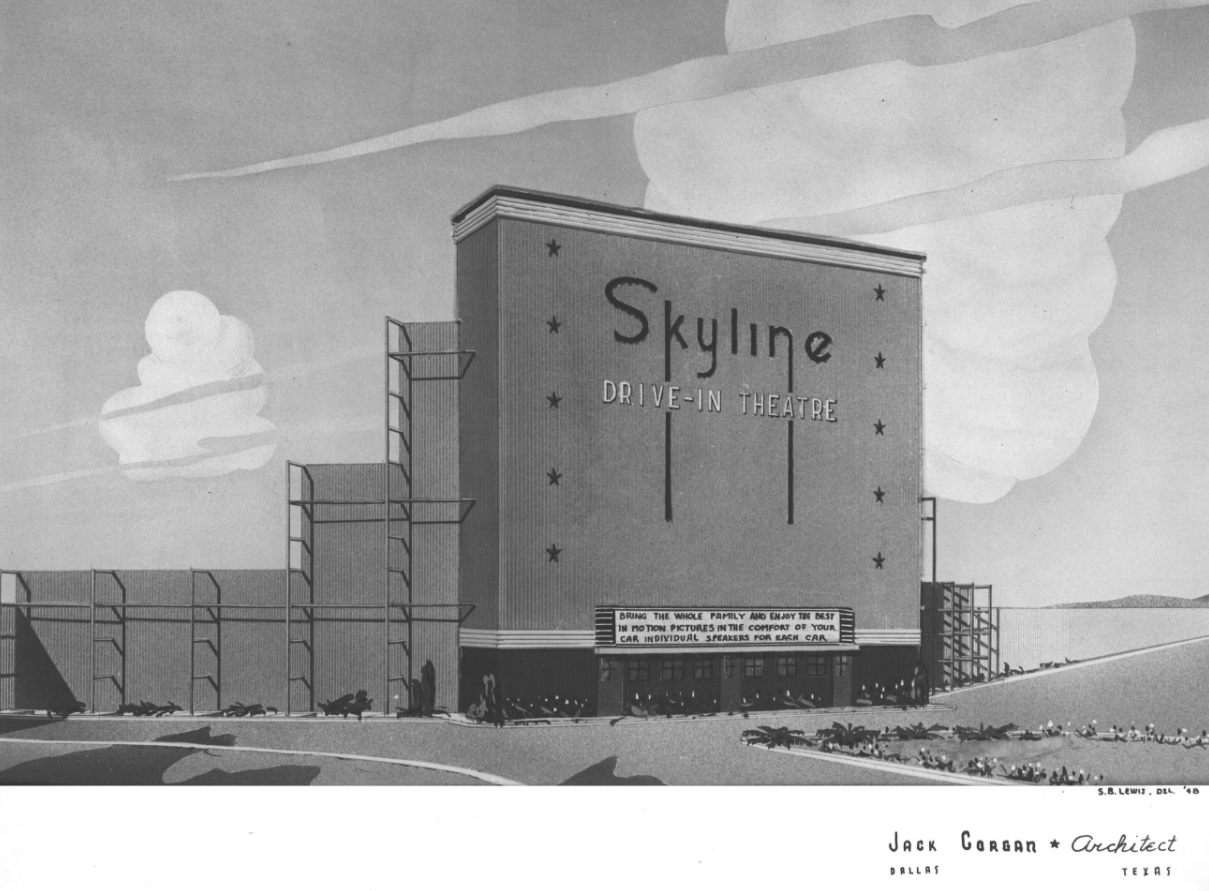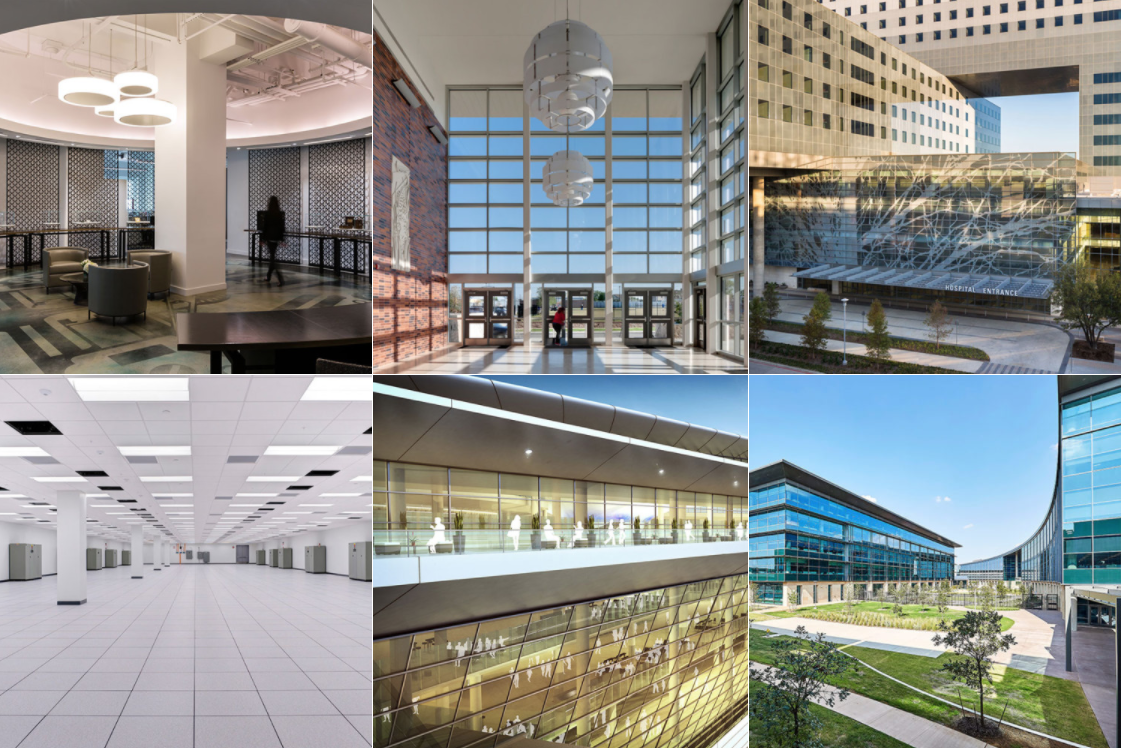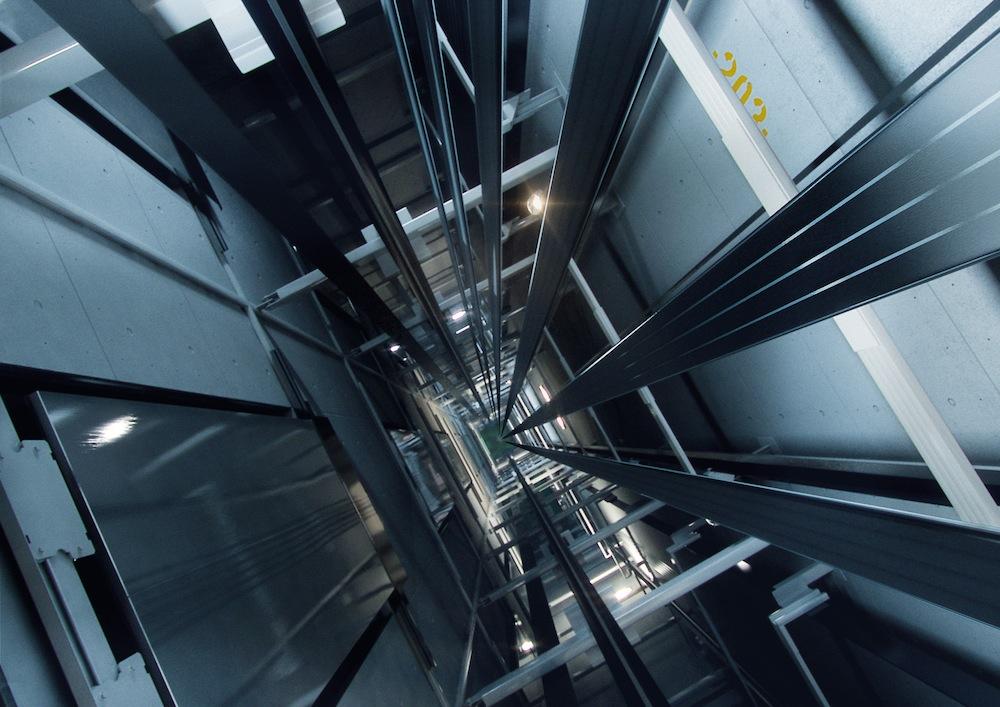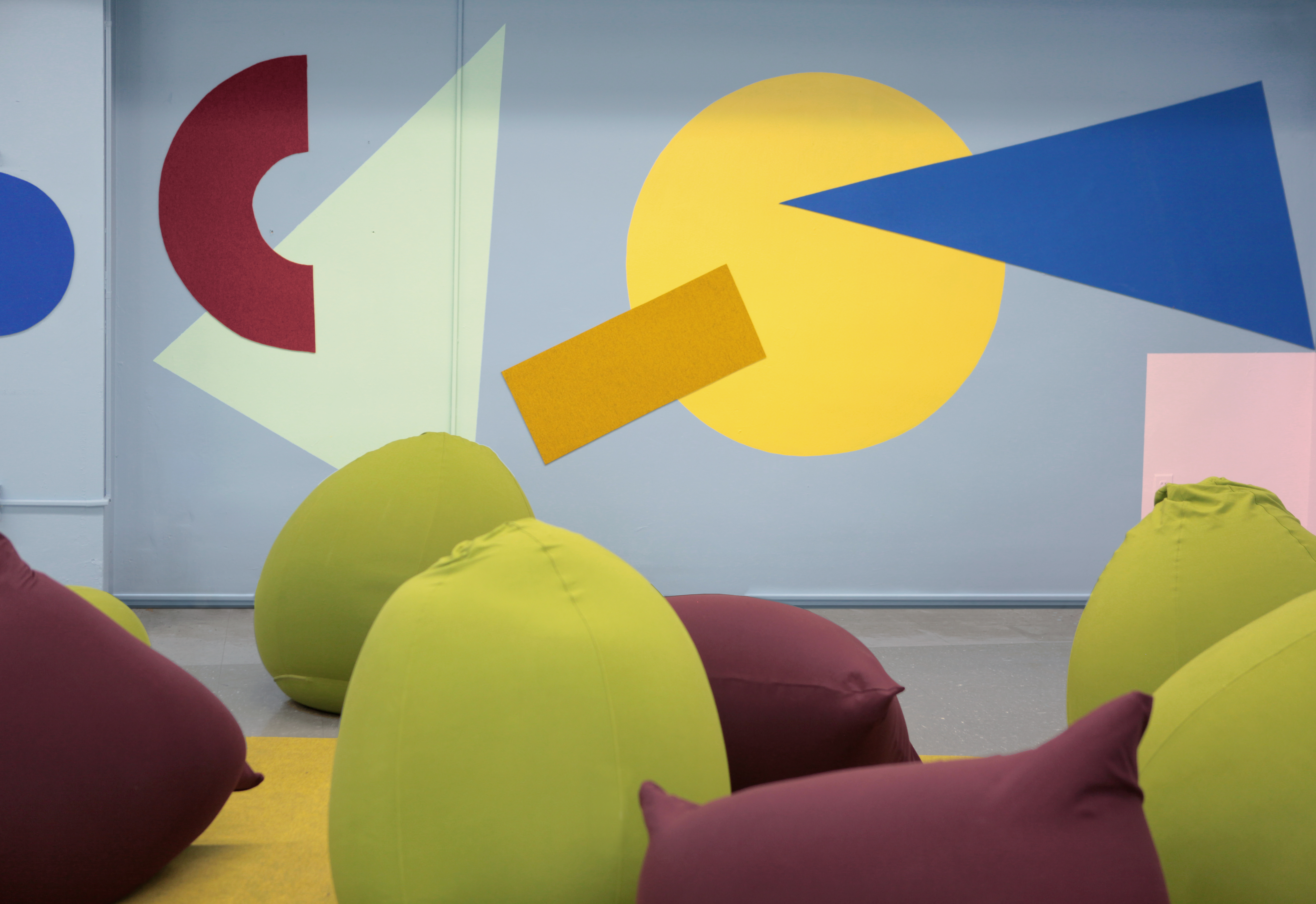Win business with major U.S. architecture firms like Corgan on Architizer’s new community marketplace for building-products. Check out the latest construction leads and sign up now.
If there is one architecture firm that sits perfectly at the fulcrum between the past and the future of construction in the United States, it is Dallas-based practice Corgan. The firm was founded back in 1938 by Jack M. Corgan as a two-man shop designing movie theaters and drive-ins, quintessential American typologies with a unique architectural heritage. Even back then, the firm was intent on disrupting the industry with pioneering design and construction methods.
“Contractors found the drive-in design and layout too unusual, so they didn’t want to touch it,” said Corgan of one of his early projects. “We ended up doing the sitework ourselves.” To create the large screen towers, he employed an architectural method familiar to the farming region. “We built a lot of towers the same way as grain elevators using the slip form method. We would pour concrete into a slip that was about 6 feet high. And then we would add another on top of that. That’s how it went from the ground up.”

One of founder Jack Corgan’s early drive-in theater projects; image via Corgan
As much as the firm’s success stems from that legacy of innovation, Corgan’s present-day team understands that better buildings are made possible by looking to the future. “As architects and interior designers, our eyes are on the horizon, focused on designing sustainable and balanced environments that will stand the test of time,” states the firm. To fulfill this mission, Corgan’s designers are constantly looking to optimize their workflow by harnessing emerging technologies.
Their iterative approach spans both hardware and software: Corgan was one of the first firms in the United States to embrace virtual reality as a design tool and a presentation platform for their clients, pairing the HTC Vive headset with Iris VR software to transform its 3D models into a truly immersive environment. This type of experimentation is symptomatic of Corgan’s courageous attitude when it comes to design, but the firm is not limiting its pioneering spirit to the creative process alone. It is also exploring the potential of new project management tools, as well as improved methods for collaboration with others in the construction industry.

Southwest Airlines Terminal Expansion – William P. Hobby International Airport; image via Corgan
In this regard, one aspect of the architectural workflow that has historically lagged behind in terms of innovation is the specification process — something which Architizer is aiming to fix with its new platform for sourcing building-products. In typical style, Corgan has recognized the potential for emerging technology to benefit both the firm and its clients in this area. Architects at the practice joined the marketplace last month and have begun selecting building-products for projects of all scales and typologies.
It’s an ideal fit: Corgan’s portfolio illustrates the firm’s understanding that a successful project depends upon the careful selection of materials and building-products. Among a wide array of commissions, the practice has a special interest in aviation architecture, designing high traffic spaces that demand the use of resilient materials and robust detailing. Corgan’s rigorous approach to both design and specification in this area has netted the firm great recognition, including industry awards for its modernization of Dallas Love Field Airport and the terminal expansion at William P.Hobby International Airport in Houston.

Corgan’s portfolio boasts dozens of large scale projects spanning multiple architectural typologies; images via Corgan
For project like these, being able to find reliable manufacturers for high-value products such as flooring, roofing and glazed façades is key to the firm’s success. The addition of Architizer to the firm’s toolkit help firms like Corgan to connect more efficiently with brands that can meet its specific project needs. Once this process proliferates across the construction industry, the benefits should be profound: better buildings, happier clients and a far more synergistic relationship between architects and building-product manufacturers.
The potential for new technology to improve Corgan’s workflow and that of the wider construction industry stretches beyond Texas — the firm now has staff of over 500 spanning Dallas, New York, Phoenix, Los Angeles, Houston, Beijing and Dubai. It will be fascinating to see how emerging partnerships between Corgan and its most favored manufacturers contribute to even more ambitious projects during the coming years. Whatever comes next, it looks certain that this architecture firm’s innovative past will last long into the future.
Gain leads from major firms such as Corgan, AECOM, HOK and OMA through Architizer’s community marketplace for building-products. Click here to sign up now.




